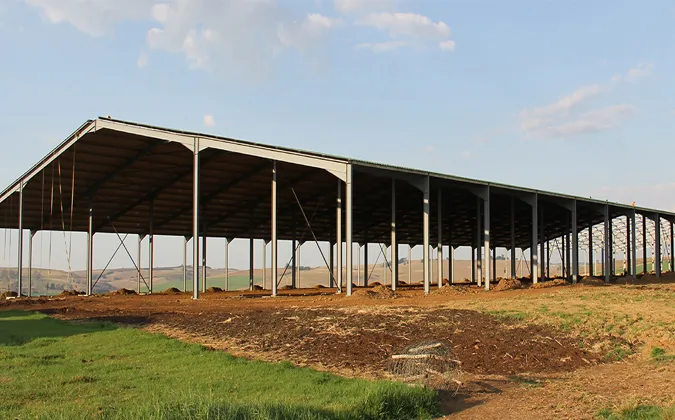- Afrikaans
- Albanian
- Amharic
- Arabic
- Armenian
- Azerbaijani
- Basque
- Belarusian
- Bengali
- Bosnian
- Bulgarian
- Catalan
- Cebuano
- Corsican
- Croatian
- Czech
- Danish
- Dutch
- English
- Esperanto
- Estonian
- Finnish
- French
- Frisian
- Galician
- Georgian
- German
- Greek
- Gujarati
- Haitian Creole
- hausa
- hawaiian
- Hebrew
- Hindi
- Miao
- Hungarian
- Icelandic
- igbo
- Indonesian
- irish
- Italian
- Japanese
- Javanese
- Kannada
- kazakh
- Khmer
- Rwandese
- Korean
- Kurdish
- Kyrgyz
- Lao
- Latin
- Latvian
- Lithuanian
- Luxembourgish
- Macedonian
- Malgashi
- Malay
- Malayalam
- Maltese
- Maori
- Marathi
- Mongolian
- Myanmar
- Nepali
- Norwegian
- Norwegian
- Occitan
- Pashto
- Persian
- Polish
- Portuguese
- Punjabi
- Romanian
- Russian
- Samoan
- Scottish Gaelic
- Serbian
- Sesotho
- Shona
- Sindhi
- Sinhala
- Slovak
- Slovenian
- Somali
- Spanish
- Sundanese
- Swahili
- Swedish
- Tagalog
- Tajik
- Tamil
- Tatar
- Telugu
- Thai
- Turkish
- Turkmen
- Ukrainian
- Urdu
- Uighur
- Uzbek
- Vietnamese
- Welsh
- Bantu
- Yiddish
- Yoruba
- Zulu
Dec . 03, 2024 17:21 Back to list
Light Gauge Steel Buildings An Innovative Approach to Modern Construction
Light gauge steel (LGS) buildings are gaining popularity in the construction industry due to their numerous benefits and versatility. This innovative building method incorporates thin steel sections that are cold-formed into structural shapes. Easy to handle and transport, light gauge steel is rapidly becoming a preferred choice for residential, commercial, and industrial construction. In this article, we will explore the advantages of light gauge steel buildings, their applications, and the future of this sustainable building material.
One of the primary advantages of light gauge steel construction is its strength-to-weight ratio. Steel boasts high tensile strength, making structures resilient against various environmental forces including wind, snow, and seismic activity. Despite being lightweight, light gauge steel can support significant loads, providing a safe and durable framework for buildings. This characteristic allows architects and engineers to design taller and more complex structures that would not be feasible with traditional materials like wood.
Another key benefit of light gauge steel buildings is their speed of construction. The use of prefabricated steel components allows for quick assembly on-site. Most of the structural elements are manufactured off-site under controlled conditions, which minimizes delays associated with weather conditions and onsite fabrication. As a result, construction timelines are significantly reduced, leading to lower labor costs and faster project completion. This efficiency does not compromise quality; in fact, the manufacturing process ensures consistency and precision in each component.
Sustainability is increasingly becoming a primary concern in the construction industry, and light gauge steel is a highly sustainable option. Steel is 100% recyclable, meaning that it can be reused indefinitely without losing its properties. This reduces the demand for new raw materials, conserves energy, and decreases greenhouse gas emissions. Additionally, LGS structures are often designed to be energy efficient, utilizing insulation and other materials that improve thermal performance. This contributes to lower energy consumption during the building's lifecycle, making LGS buildings an environmentally friendly choice.
light gauge steel buildings

The adaptability of light gauge steel buildings is another significant advantage. They can be designed to easily accommodate modifications or expansions, making them suitable for a wide range of applications. Whether it is constructing residential homes, commercial offices, or industrial warehouses, light gauge steel can meet various architectural demands. Moreover, the aesthetic versatility of steel allows for creative designs, enabling architects to explore unique forms and styles that cater to modern tastes.
In addition to residential and commercial uses, LGS buildings play a vital role in disaster relief efforts. Their lightweight nature makes them easy to transport and assemble in remote or affected areas post-disaster. These temporary or permanent structures can be erected quickly to provide shelter and essential services when and where they are most needed. The resilience of steel structures ensures that they can withstand harsh conditions, making them ideal for such applications.
Despite the numerous advantages, there are some considerations to keep in mind regarding light gauge steel construction. The cost of steel fluctuates based on market conditions, which can affect project budgets. Furthermore, proper corrosion protection measures must be in place to prevent deterioration over time, particularly in areas with high humidity or exposure to saltwater. However, with advancements in technology and construction practices, these challenges can often be effectively managed.
Looking to the future, the light gauge steel building sector is poised for continued growth and innovation. As more builders and developers recognize the advantages of LGS, it is likely that its prevalence will increase in both new constructions and renovations. Additionally, ongoing advancements in steel manufacturing, including the integration of smart technologies and sustainable practices, will enhance the viability and functionality of light gauge steel buildings.
In conclusion, light gauge steel buildings represent a modern and efficient approach to construction that addresses many of today's key challenges, including sustainability, speed, and adaptability. With their numerous advantages and versatile applications, light gauge steel structures are well-positioned to become a staple in the architectural landscape of the future. As the construction industry moves toward more sustainable and innovative materials, light gauge steel will undoubtedly play a pivotal role in shaping the buildings of tomorrow.
-
How Do Prefabricated Steel Structures Transform Modern Construction?
NewsJul.14,2025
-
How Do Prefabricated Metal Buildings Redefine Modern Construction?
NewsJul.14,2025
-
How Do Prefab Insulated Metal Buildings and Steel Structures Revolutionize Modern Construction?
NewsJul.14,2025
-
How Do Pre - Engineered Steel Structures Redefine Modern Construction?
NewsJul.14,2025
-
Advancing Modular Construction with Prefabricated Metal Structures
NewsJul.14,2025
-
Advancing Industrial Infrastructure with Prefabricated Steel Solutions
NewsJul.14,2025
Products categories
Our Latest News
We have a professional design team and an excellent production and construction team.












